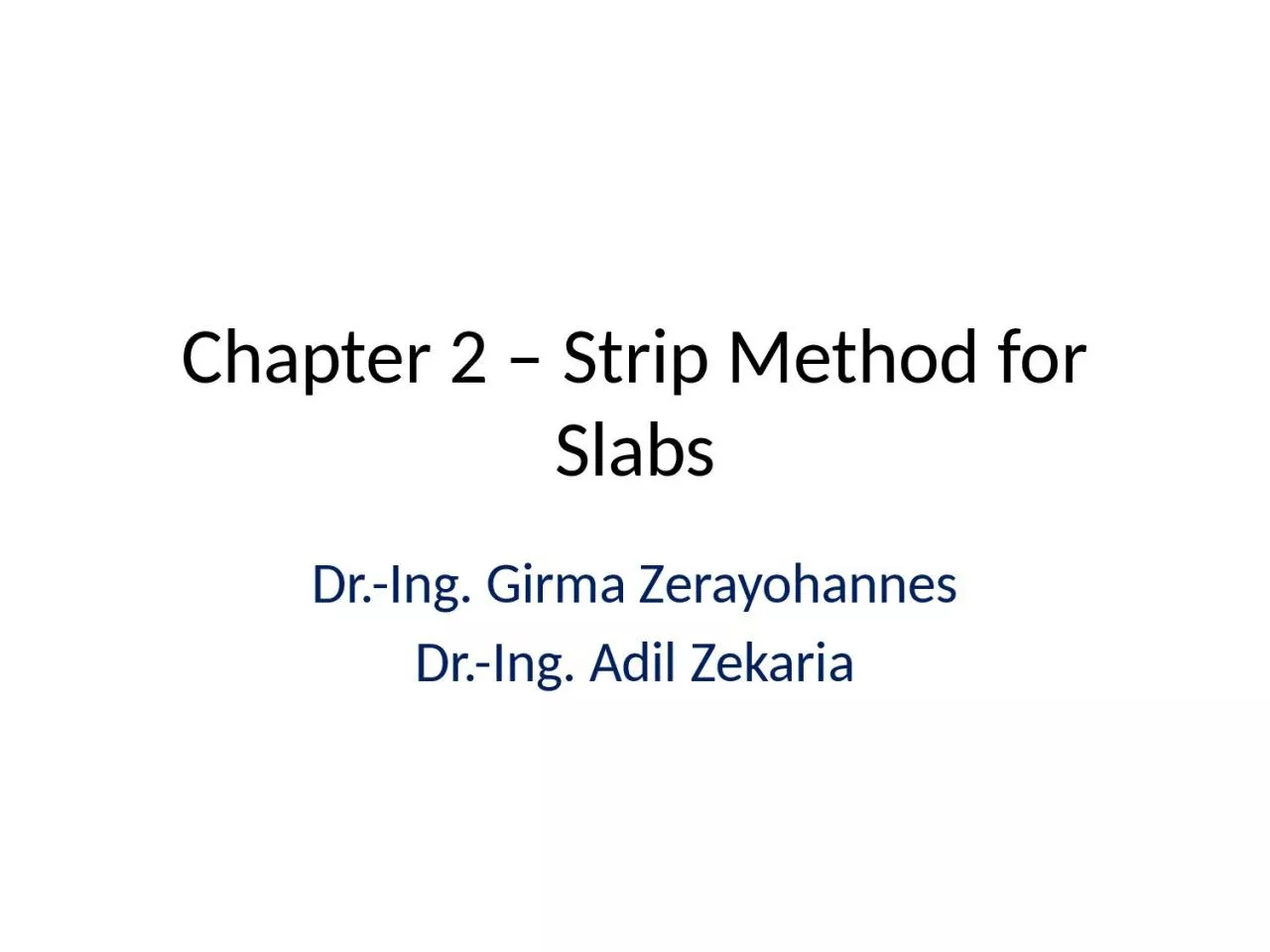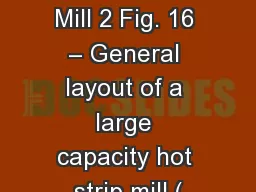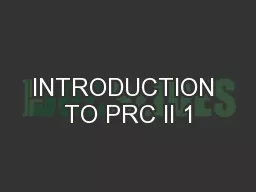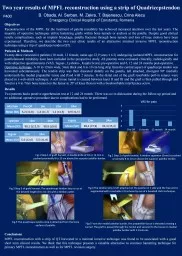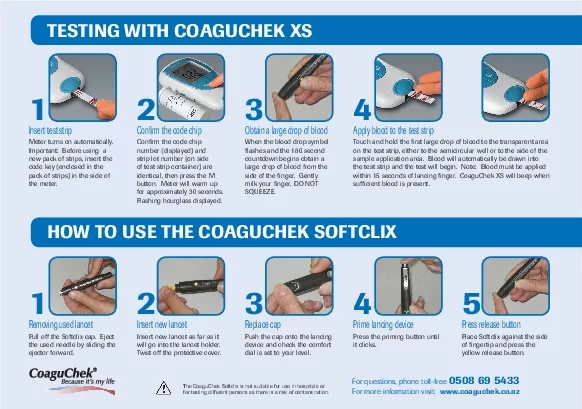PPT-Chapter 2 – Strip Method for Slabs
Author : gabriella | Published Date : 2023-09-24
Dr Ing Girma Zerayohannes Dr Ing Adil Zekaria Chapter 2 Strip Method for Slabs 21 Introduction Different methods of analysis are allowed by EBCS2 One of these
Presentation Embed Code
Download Presentation
Download Presentation The PPT/PDF document "Chapter 2 – Strip Method for Slabs" is the property of its rightful owner. Permission is granted to download and print the materials on this website for personal, non-commercial use only, and to display it on your personal computer provided you do not modify the materials and that you retain all copyright notices contained in the materials. By downloading content from our website, you accept the terms of this agreement.
Chapter 2 – Strip Method for Slabs: Transcript
Download Rules Of Document
"Chapter 2 – Strip Method for Slabs"The content belongs to its owner. You may download and print it for personal use, without modification, and keep all copyright notices. By downloading, you agree to these terms.
Related Documents

